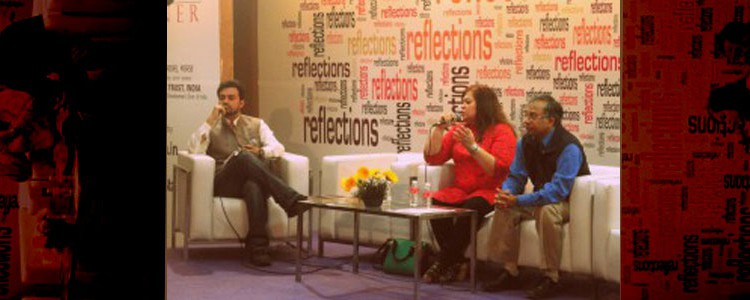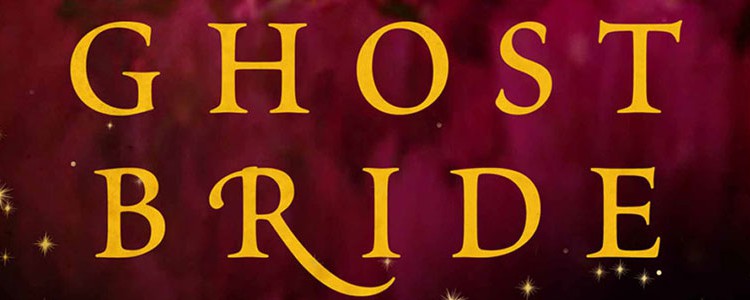Literati: Memoirs (5 October 2014)
 My monthly column in the Hindu Literary Review was published online on 4 October 2014 and in print on 5 October 2014. Here is the url http://www.thehindu.com/books/literary-review/a-look-at-the-world-of-books-publishing-and-writers/article6471249.ece . I am also c&p the text below.
My monthly column in the Hindu Literary Review was published online on 4 October 2014 and in print on 5 October 2014. Here is the url http://www.thehindu.com/books/literary-review/a-look-at-the-world-of-books-publishing-and-writers/article6471249.ece . I am also c&p the text below.
Memoir is specifically an individual remembering their life as well as a period. It does not have a single narrative nor is it a teleological narrative as an epic is—it is episodic and a collection of personal anecdotes that the memoirist chooses to recall and share publicly. Ian Jack wrote in the Guardian ( 2003): “Writing one’s own personal history used to be called autobiography, Now, more and more, it is called memoir. The two words are often used interchangeably and the boundary between the two forms is fuzzy, but there are differences. An autobiography is usually a record of accomplishment. … The memoir’s ambition is to be interesting in itself, as a novel might be, about intimate, personal experience. It often aspires to be thought of as “literary”, and for that reason borrows many of literature’s tricks – the tricks of the novel, of fiction – because it wants to do more than record the past; it wants to re-create it. If a memoir is to succeed on those terms, on the grounds that all lives are interesting if well-enough realised, the writing has to be good.”
Some of the notable memoirs, each representative of a distinctive subject, in recent months have been Sanjaya Baru’s The Accidental Prime Minister, Damian Barr’s Maggie & Me, Joanna Rakoff’s My Salinger Year, Naseeruddin Shah’s And One Day, Chris Hadfield’s An Astronaut’s Guide to Life on Earth, Aleksander Hemon’s The Book of My Lives; Pamela Timms’s Korma, Kheer & Kismet: Five Seasons in Delhi, Malala Yousafzai with Patrick McCormackMalala, Indian Voices of the Great War: Soldier’s Letters, 1914-18, David Omissi (editor), Remember the Time: Protecting Michael Jackson in His Final Days, by the singer’s security guards, Bill Whitfield and Javon Beard, with Tanner Colby. The popularity of this genre has had an effect on contemporary writing in that they are in the oral form of storytelling and are dependent upon personal histories. For instance, journalist Marja Mills’s The Mockingbird Next Door: Life with Harper Lee is about the “story of Mill’s friendship with the Lee sisters”, but the author’s note states it is a “work of nonfiction”. A similar book is Veena Venugopal’s brilliant and disturbing The Mother-in-Law, it consists of experiences of daughters-in-law profiling their mothers-in-law to Veena over a series of interviews.
Many novels rely upon autobiographical experiences to create a story but as Akhil Sharma points out, “I think nonfiction requires an absolute commitment to the truth. In non-fiction I need to include things to present the situation and characters in a rounded way. I don’t know if I do that in my novel. Family Life is so completely a story that many boring but very important things were left out. All fiction draws on life but that does not mean all fiction should be viewed as managed non-fiction.”
The fact is memoirs sell at a brisk pace for traditional publishers and constitutes a large chunk of self-published books. On digital platforms too— Facebook status updates, longreads and blogs— posts that are read and discussed animatedly are those written from a personal point of view. For instance Sudhanva Deshpande’s moving tributes uploaded on to his Facebook wall as he watched his father, the noted Marathi playwright, G. P. Deshpande, lie in a coma or Vandana Singh’s blog post “Some musings on diversity in SF” about travel writing and scifi. In fact, Andrew Stauffer of Book Traces (a crowd sourced web project to find drawings, marginalia, photos and anything else in copies of 19th and early 20th century books) says “It’s certainly true that readers used the margins of their books for a kind of journaling and memoir-writing, in the quasi-private, quasi-public space of the domestic book. I don’t know if that obviates the desire for long-form memoirs. You might think about our current digital culture of commenting and liking online, and how that incremental curation of a persona is a stand-in for autobiography.”
This raises the question of how do we classify biographies such as A.N. Wilson’s splendid Queen Victoria that draws heavily upon the Queen’s personal correspondence and diaries, making her at times speak in her own words—is it a memoir as well? But as Diana Athill, legendary editor who wrote an essay in the Guardian recently about death, while reflecting upon an incident from her childhood involving her mother says, “It was a shock to come up so suddenly against the fact that what to me was history, to her was just something from the day before yesterday.” For me this is the prime objective of a memoir—making the past accessible through a personal account.
6 October 2014













